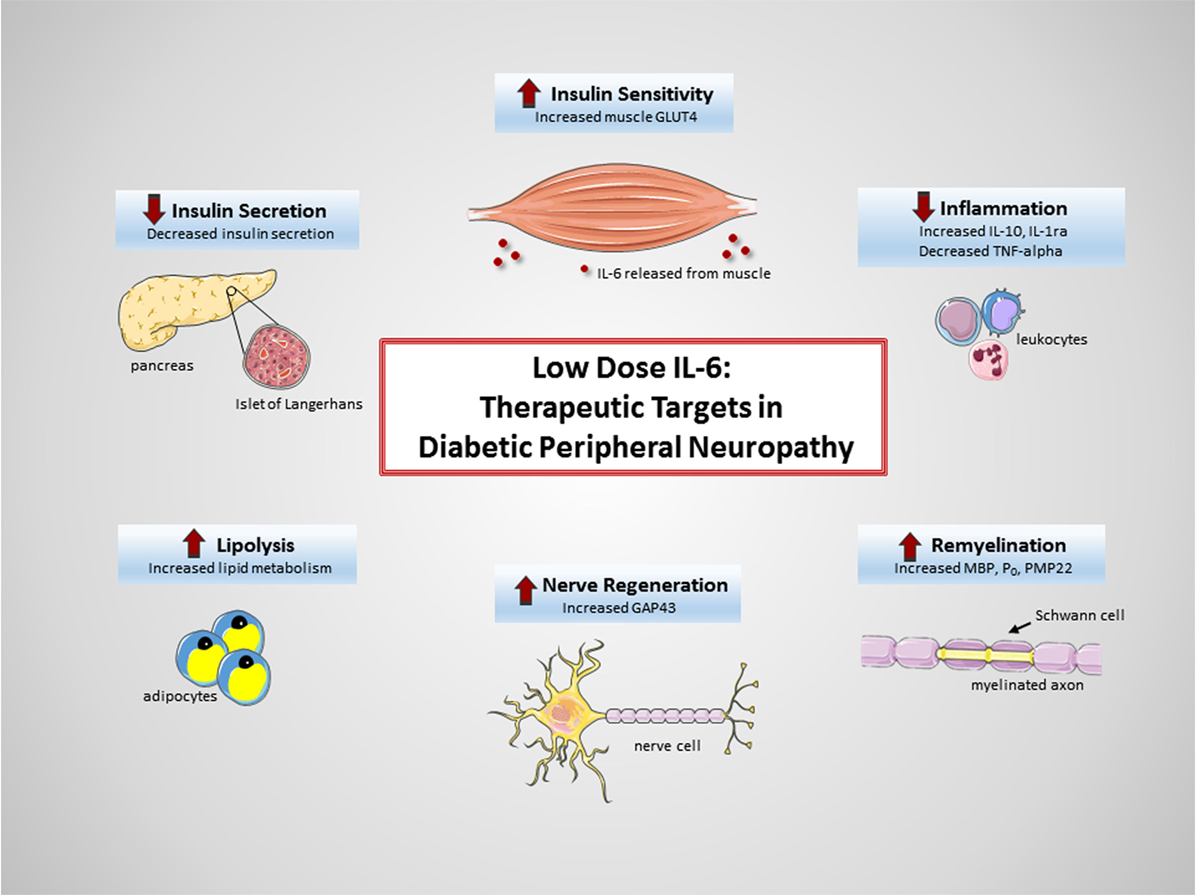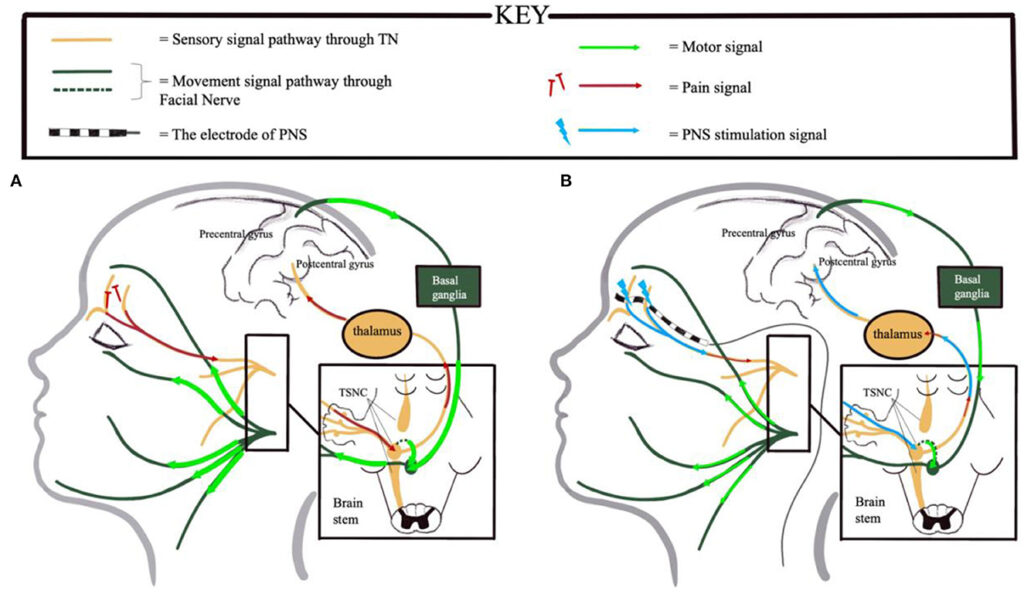Peripheral neuropathy, often abbreviated as PN, is a condition that affects the peripheral nervous system. This intricate network of nerves transmits signals between the central nervous system (the brain and spinal cord) and the rest of the body. When these nerves are damaged or malfunctioning, it can lead to a wide range of symptoms, from mild discomfort to severe pain and disability. Understanding the causes, recognizing the symptoms, identifying the types, and exploring treatment options are essential steps in managing this condition effectively.

What Causes Peripheral Neuropathy?
The causes of peripheral neuropathy are diverse and can stem from various underlying conditions, injuries, or lifestyle factors. Some of the most common causes include:
Diabetes
Diabetes is one of the leading causes of peripheral neuropathy. High blood sugar levels over time can damage the small blood vessels that supply oxygen and nutrients to the nerves, leading to nerve damage. This type of neuropathy is often referred to as diabetic neuropathy.
Trauma or Injury
Physical injuries, such as those sustained in car accidents, falls, or sports-related incidents, can damage nerves directly. Compression of nerves, for example, due to repetitive motions or prolonged pressure, can also lead to neuropathy.
Infections
Certain infections can attack the nervous system and cause neuropathy. These include viral infections like shingles, hepatitis C, HIV/AIDS, and bacterial infections such as Lyme disease.
Autoimmune Disorders
Conditions where the immune system mistakenly attacks the body’s own tissues can lead to nerve damage. Examples include Guillain-Barre syndrome, lupus, and rheumatoid arthritis.
Toxins and Medications
Exposure to toxins, such as heavy metals or certain chemicals, can harm the nerves. Additionally, some medications, particularly those used in chemotherapy, can have neuropathy as a side effect.
Nutritional Deficiencies
A lack of essential vitamins and minerals, such as vitamin B12, vitamin E, and copper, can impair nerve function and lead to neuropathy.
Alcoholism
Chronic alcohol consumption can lead to nerve damage, often due to poor nutrition and direct toxic effects on the nerves.
Recognizing the Symptoms of Peripheral Neuropathy
The symptoms of peripheral neuropathy vary depending on the type of nerves affected—sensory, motor, or autonomic—and the severity of the damage. Common symptoms include:
Sensory Symptoms
- Tingling or prickling sensations, often described as “pins and needles”
- Burning pain, especially in the hands and feet
- Numbness or reduced ability to feel pain or temperature changes
- Sharp, jabbing, throbbing, or freezing pain
Motor Symptoms
- Muscle weakness or difficulty moving limbs
- Lack of coordination or balance issues, increasing the risk of falls
- Muscle cramps or twitching
Autonomic Symptoms
- Dizziness or lightheadedness due to changes in blood pressure
- Excessive sweating or inability to sweat
- Digestive problems, such as constipation or diarrhea
- Changes in bladder or bowel function
Types of Peripheral Neuropathy
Peripheral neuropathy can be classified into several types based on the number of nerves affected and the pattern of nerve damage.
Mononeuropathy
This type involves damage to a single nerve. Carpal tunnel syndrome, which affects the median nerve in the wrist, is a common example of mononeuropathy.
Multiple Mononeuropathy
Also known as mononeuritis multiplex, this condition involves damage to two or more individual nerves in separate areas of the body. It is often associated with autoimmune disorders or infections.
Polyneuropathy
Polyneuropathy occurs when multiple peripheral nerves throughout the body malfunction simultaneously. Diabetic neuropathy is a well-known example of polyneuropathy.
Distal Symmetric Polyneuropathy
This is the most common form of polyneuropathy, typically affecting the feet and legs first, followed by the hands and arms. It is often caused by diabetes or other systemic conditions.
Acute Inflammatory Demyelinating Polyneuropathy
This rare but serious condition, also known as Guillain-Barre syndrome, involves the immune system attacking the myelin sheath that protects nerves. It leads to rapid-onset muscle weakness and sometimes paralysis.
Treatment Options for Peripheral Neuropathy
While peripheral neuropathy cannot always be cured, its symptoms can often be managed effectively through a combination of treatments tailored to the underlying cause and the specific symptoms experienced.
Addressing the Underlying Cause
The first step in treating peripheral neuropathy is identifying and addressing the root cause. For example:
- If diabetes is the cause, controlling blood sugar levels can slow the progression of nerve damage.
- If a nutritional deficiency is identified, supplements may help restore nerve health.
- For autoimmune-related neuropathy, medications that suppress the immune system may be prescribed.
Medications
Several medications can help alleviate the symptoms of peripheral neuropathy:
- Pain relievers, including over-the-counter options like acetaminophen or ibuprofen, may provide relief for mild symptoms.
- Prescription medications, such as antidepressants and anticonvulsants, are often used to manage nerve pain.
- Topical treatments, such as lidocaine patches or capsaicin cream, can target localized pain.
Physical Therapy
Physical therapy can help improve muscle strength, coordination, and balance. Exercises designed to stretch and strengthen muscles may reduce the risk of falls and enhance overall mobility.
Occupational Therapy
Occupational therapy focuses on helping individuals adapt to daily activities despite the challenges posed by peripheral neuropathy. Therapists may recommend assistive devices or suggest modifications to the home or workplace to improve safety and independence.
Lifestyle Modifications
Making certain lifestyle changes can significantly impact the management of peripheral neuropathy:
- Adopting a healthy diet rich in fruits, vegetables, lean proteins, and whole grains can support nerve health.
- Avoiding alcohol and quitting smoking can prevent further nerve damage.
- Regular exercise, such as walking or swimming, can improve circulation and reduce symptoms.
Alternative Therapies
Some individuals find relief through alternative therapies, such as acupuncture, massage, or chiropractic care. While scientific evidence supporting these approaches varies, they may complement traditional treatments for some people.
Advanced Treatments
In cases where conventional treatments are ineffective, advanced options may be considered:
- Transcutaneous electrical nerve stimulation (TENS) uses low-voltage electrical currents to relieve pain.
- Intravenous immunoglobulin therapy may be used for certain autoimmune-related neuropathies.
- Surgical interventions may be necessary to relieve nerve compression or repair damaged nerves.
Preventing Peripheral Neuropathy
While not all cases of peripheral neuropathy can be prevented, certain measures can reduce the risk of developing the condition:
- Managing chronic conditions like diabetes through regular medical care and lifestyle changes.
- Avoiding exposure to toxins and harmful chemicals in the environment or workplace.
- Eating a balanced diet to ensure adequate intake of essential vitamins and minerals.
- Practicing safe habits to prevent injuries that could damage nerves.





